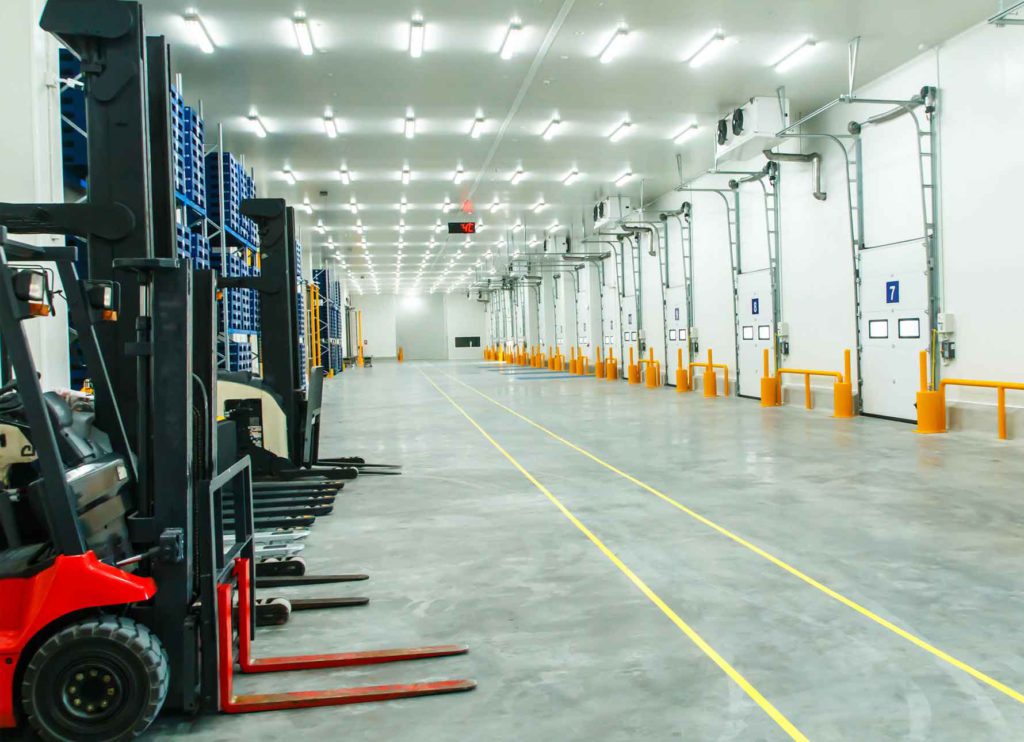Just as every company is different, there are different types of leasing available for just about any need. Access Financial can provide a full range of cost-effective and flexible programs.
Here is a brief overview of our Lease Structures:
Operating Lease (“True Lease”)
This structures the lease agreement to provide 100% tax deductibility on lease payments as an operating expense. Since the leased equipment is classified as a rental, it allows the lessee to transfer obligation of the equipment to the lessor at the end of the lease.
Capital Lease (“Finance Lease”)
This classifies equipment as being owned by the lessee, allowing the lessee to claim tax deductions on the equipment depreciation. A Capital Lease usually provides a more attractive purchase incentive at the end of the lease term, and is often the optimal choice for long-term equipment plans with intended ownership.
Equipment Finance Agreement (EFA)
This is an equipment loan, used as a method of refinancing equipment after the lessee has already received and paid for the equipment, but prefers to spread the expensed capital over a payment term. EFA is a way to finance equipment with fixed payments for a pre-determined number of months, where the borrower owns the equipment, and the lender retains a security interest throughout the transaction.
$1.00 Buyout
This is the closest option to straight bank financing. The lessee fulfills the payment requirements for the duration of the lease, and by paying $1.00 along with the final payment, the lessee becomes the owner of the equipment. The monthly payments are higher than an operating lease, and the equipment must be shown as an asset and depreciated.
Fair Market Value (see “Operating Lease”)
Payments can be written off as an expense. The equipment can be purchased at the end of the lease for its current fair market value, or the lessee can return the equipment with no further obligations.
10% Put or Purchase Option
A combination of the Capital and Operating Lease, this can be 10%, 15% or 20%. The lessee has the option to pay a predetermined percent of the original equipment cost at the end of the lease, or walk away. By leaving a residual at the end of the lease, the monthly payments are lowered. There are also tax benefits.
If you have any questions about any of these lease types, and would like more information about which is best for your situation, please feel free to contact us — we’ll be glad to help!
Every Company is Different.
So are our Leases
